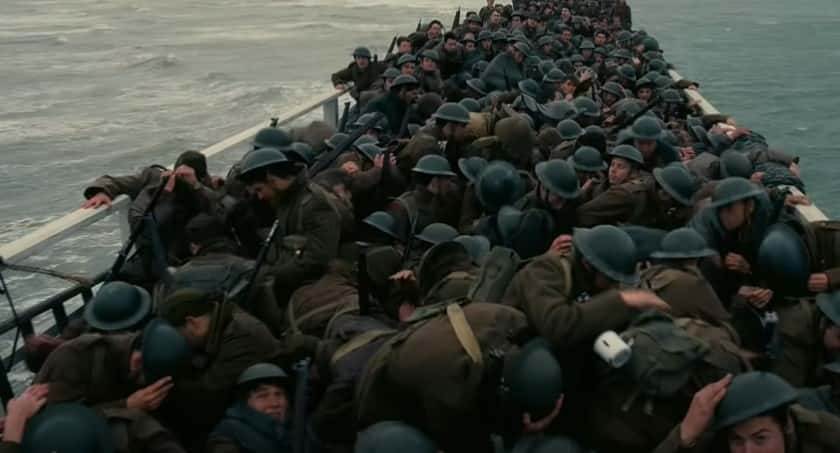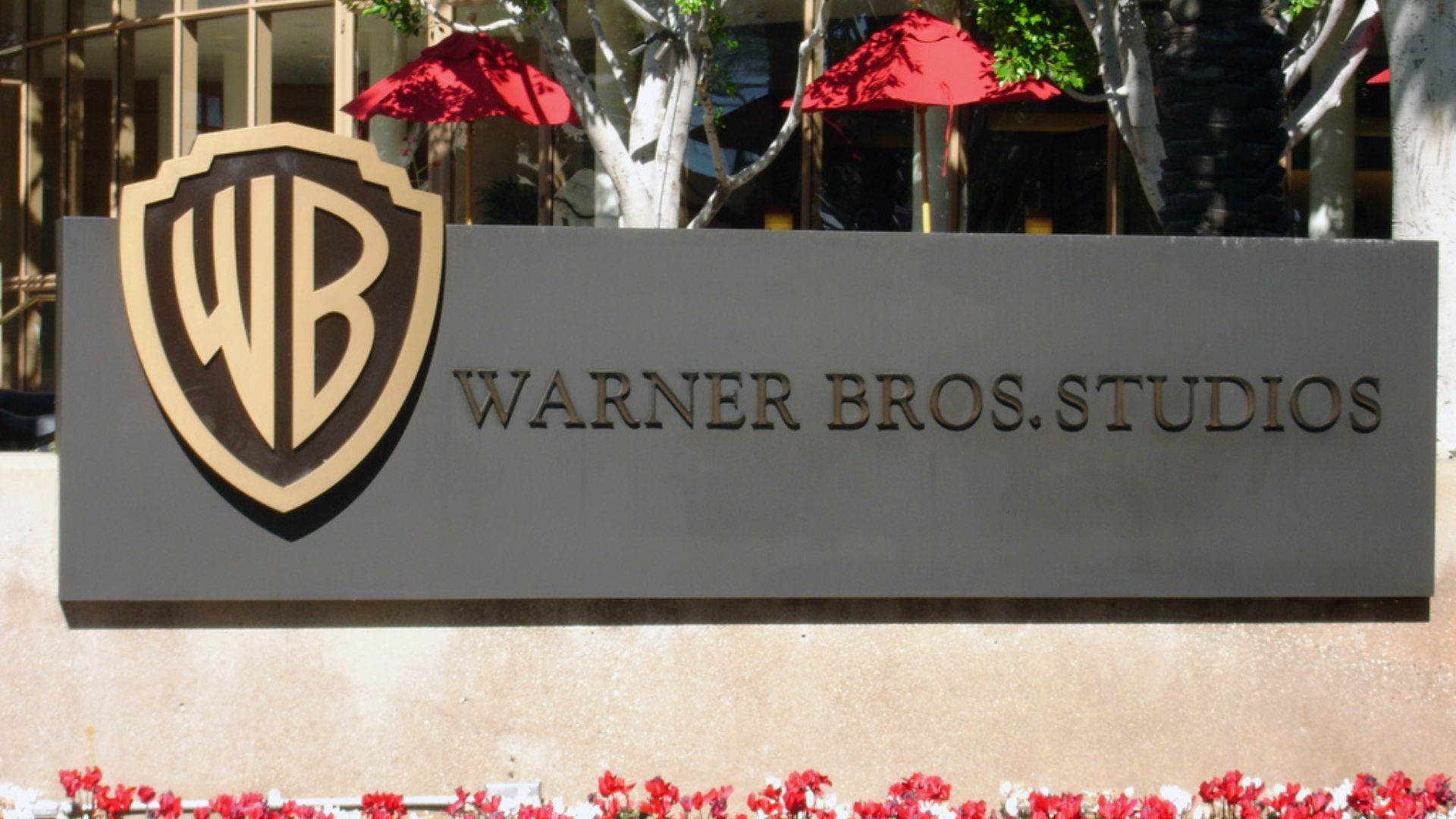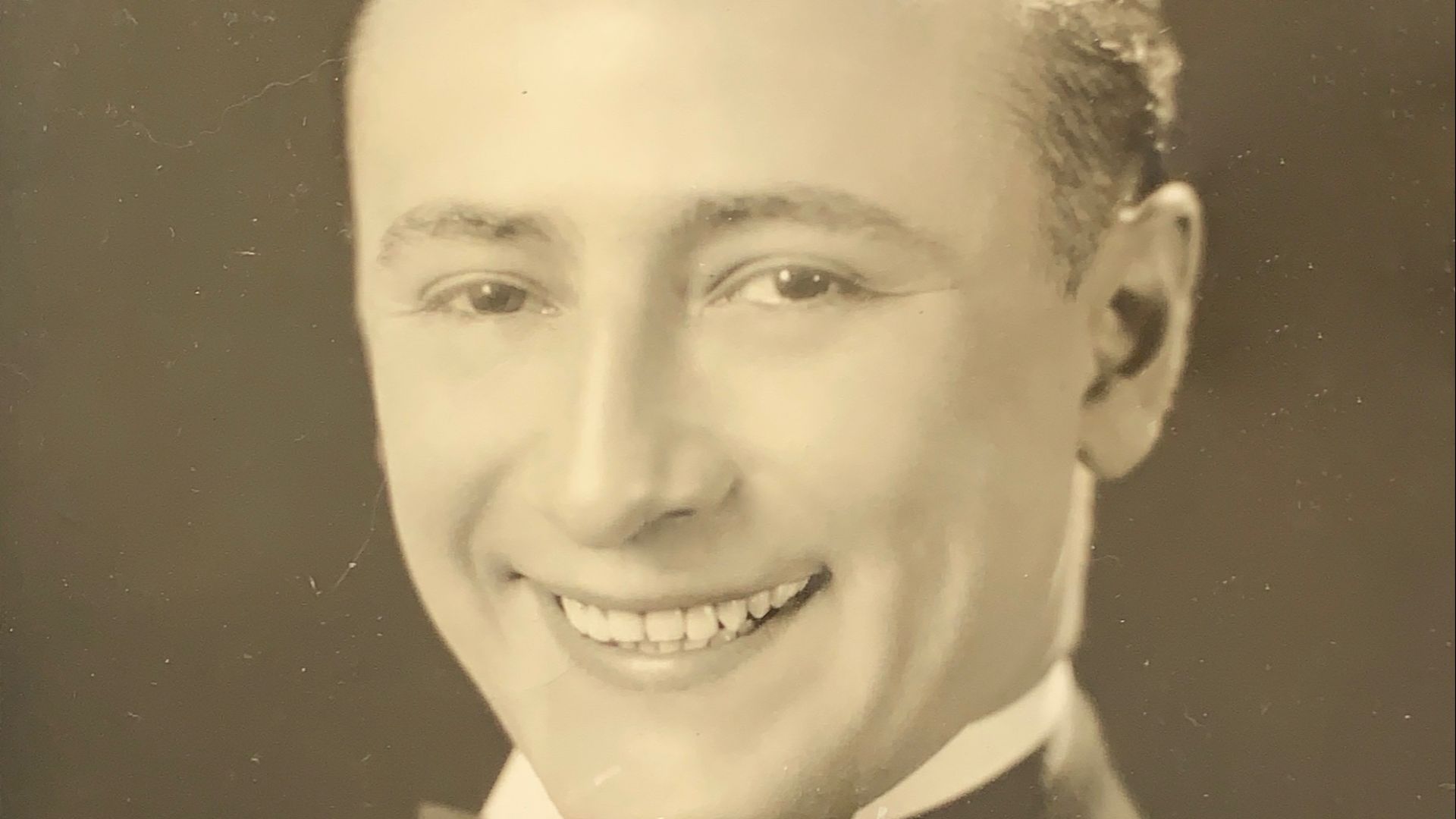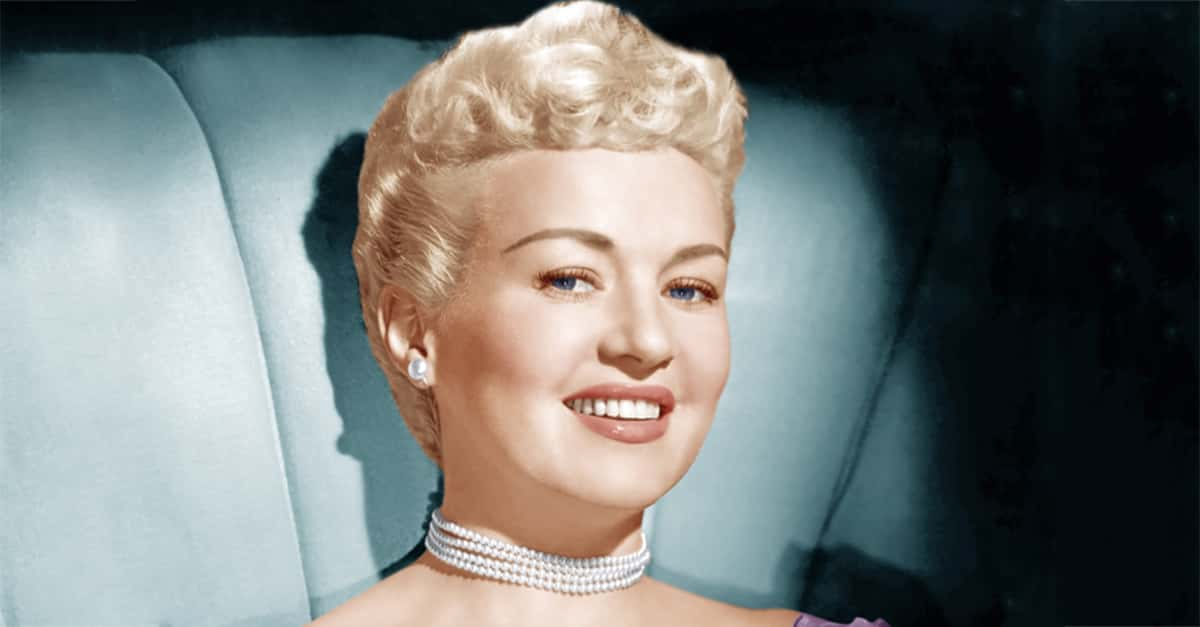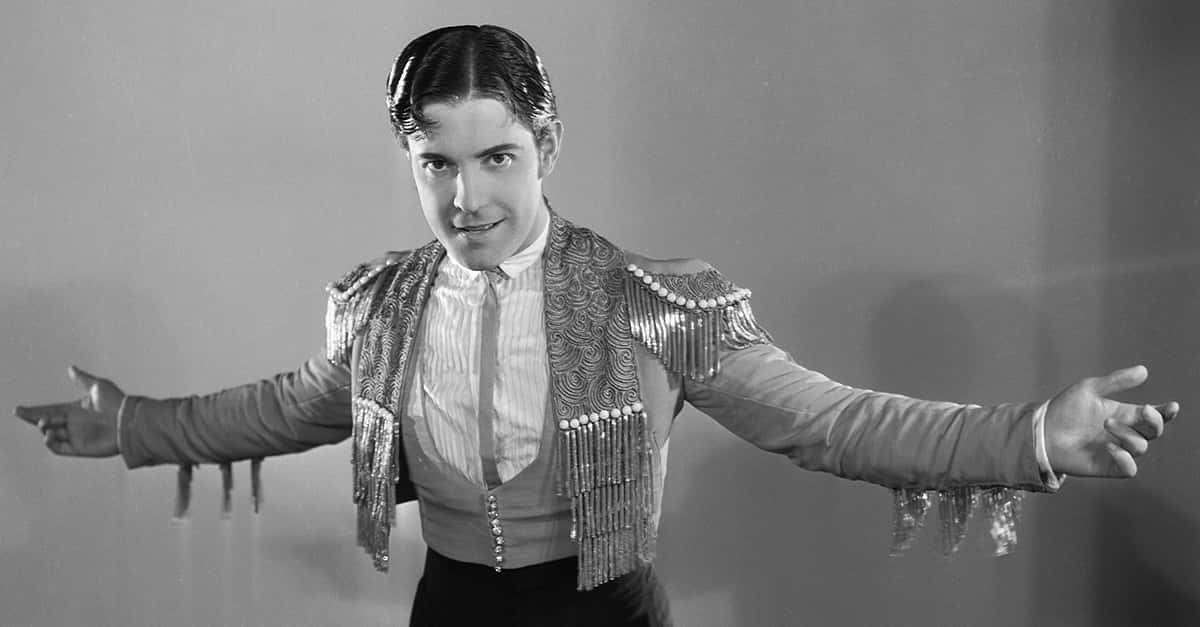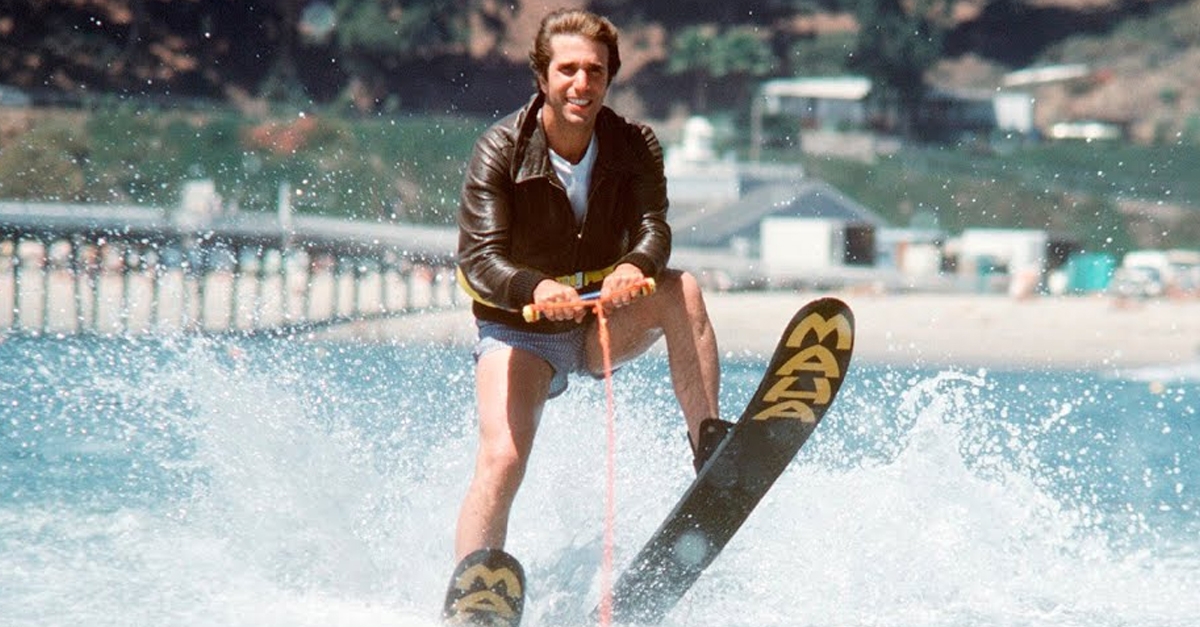Real Footage And Heartfelt Performances
Before Band of Brothers, there was Breakthrough—a 1950 war film with real battlefield footage and genuine soldiers in the cast. How did this modest production manage to leave such a lasting impression?

Why Do War Movies Keep Us Glued To The Screen?
War films tap into something primal—courage, fear, survival, and sacrifice. They plunge us into chaos without ever leaving the couch. Audiences are drawn to the high-stakes drama and raw humanity because these stories often reflect real events. This makes them both gripping and emotionally resonant.
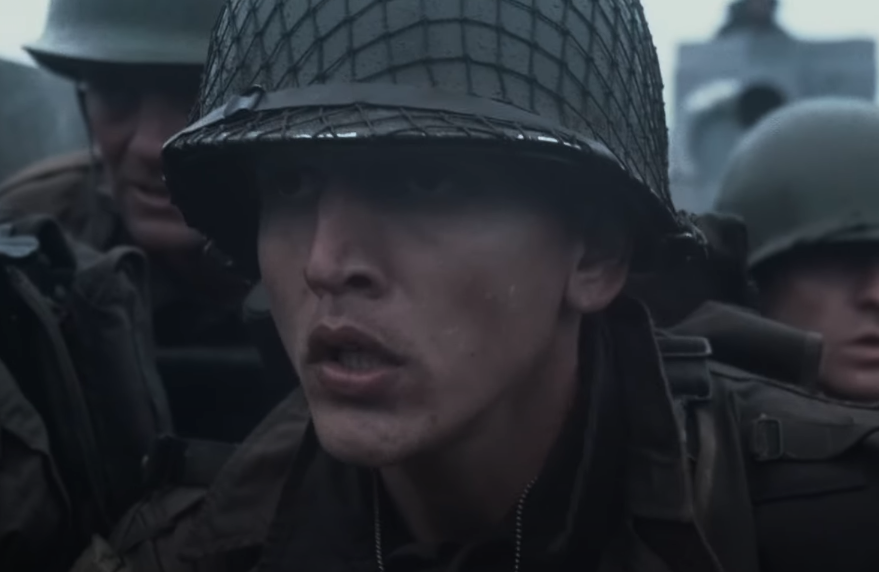 Paramount, Saving Private Ryan (1998)
Paramount, Saving Private Ryan (1998)
They’re Powerful And Timeless
The war genre delivers more than bullets and battle cries. It’s about the human experience under fire—moral dilemmas and the cost of conflict. WW2 epics and modern military dramas let us witness history through personal struggles. That emotional truth is what keeps viewers coming back, generation after generation.
A Salute To Some Of The Greatest War Films Ever Made
Great war films—Platoon, The Bridge on the River Kwai, Dunkirk, Saving Private Ryan, Full Metal Jacket, and 1917—don’t just show combat. Each one of these brought something unique to the genre. They teach us and sometimes haunt us.
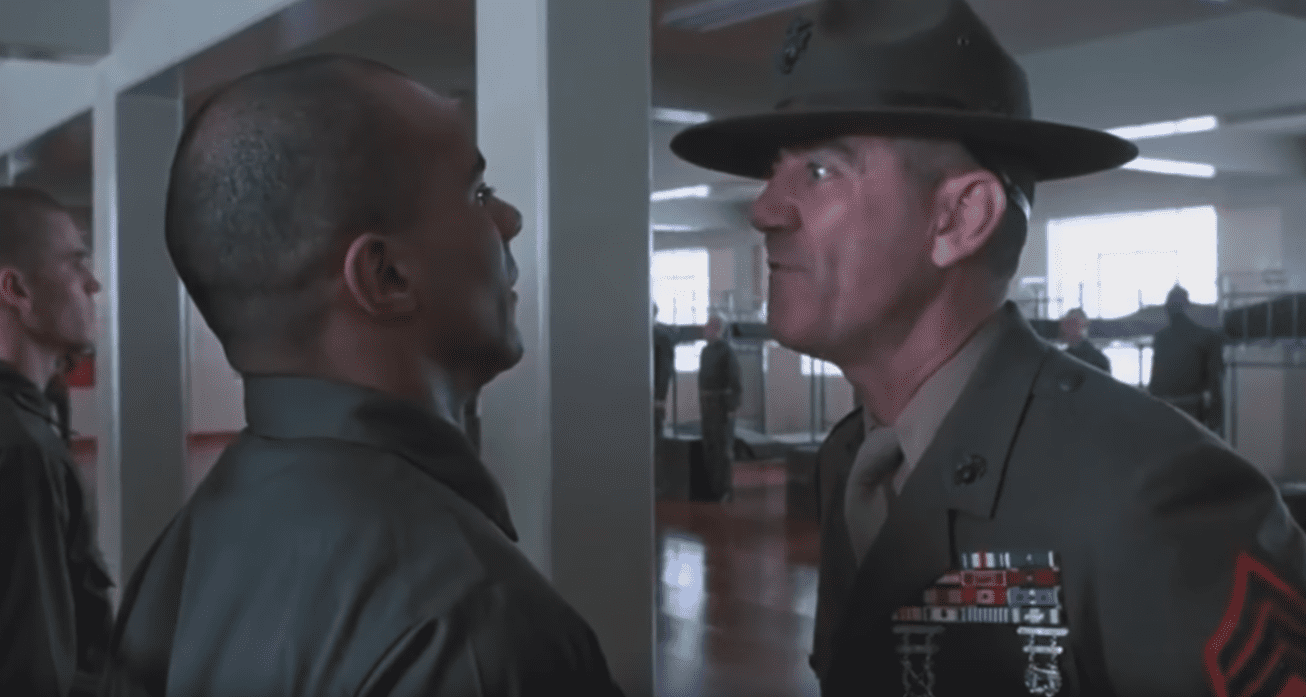 Warner, Full Metal Jacket (1987)
Warner, Full Metal Jacket (1987)
Including Breakthrough (1950)
Dropping into theaters in 1950, it brought audiences a catchy WW2 tale fresh off the heels of the actual war. This motion picture starred John Agar and David Brian, and focused on the human side of combat. Unlike many war productions of the time, it blended action with emotional depth.
 Breakthrough At Normandy | Breakthrough | Warner Archive by Warner Bros. Classics
Breakthrough At Normandy | Breakthrough | Warner Archive by Warner Bros. Classics
Concept And Development
Warner Bros developed Breakthrough using actual army footage to enhance authenticity. The idea was to craft a narrative that merged fiction with real war visuals. Director Lewis Seiler probably worked closely with military advisors to create a story that would resonate with veterans and civilians.
 Breakthrough At Normandy | Breakthrough | Warner Archive by Warner Bros. Classics
Breakthrough At Normandy | Breakthrough | Warner Archive by Warner Bros. Classics
Setting The Scene
The movie opens during the buildup to the Normandy Invasion—D-Day, 1944. It follows an American infantry unit preparing for and pushing through Nazi-occupied France. This historic backdrop grounds it in one of WW2’s most pivotal moments to give the movie a sense of urgency and realism.
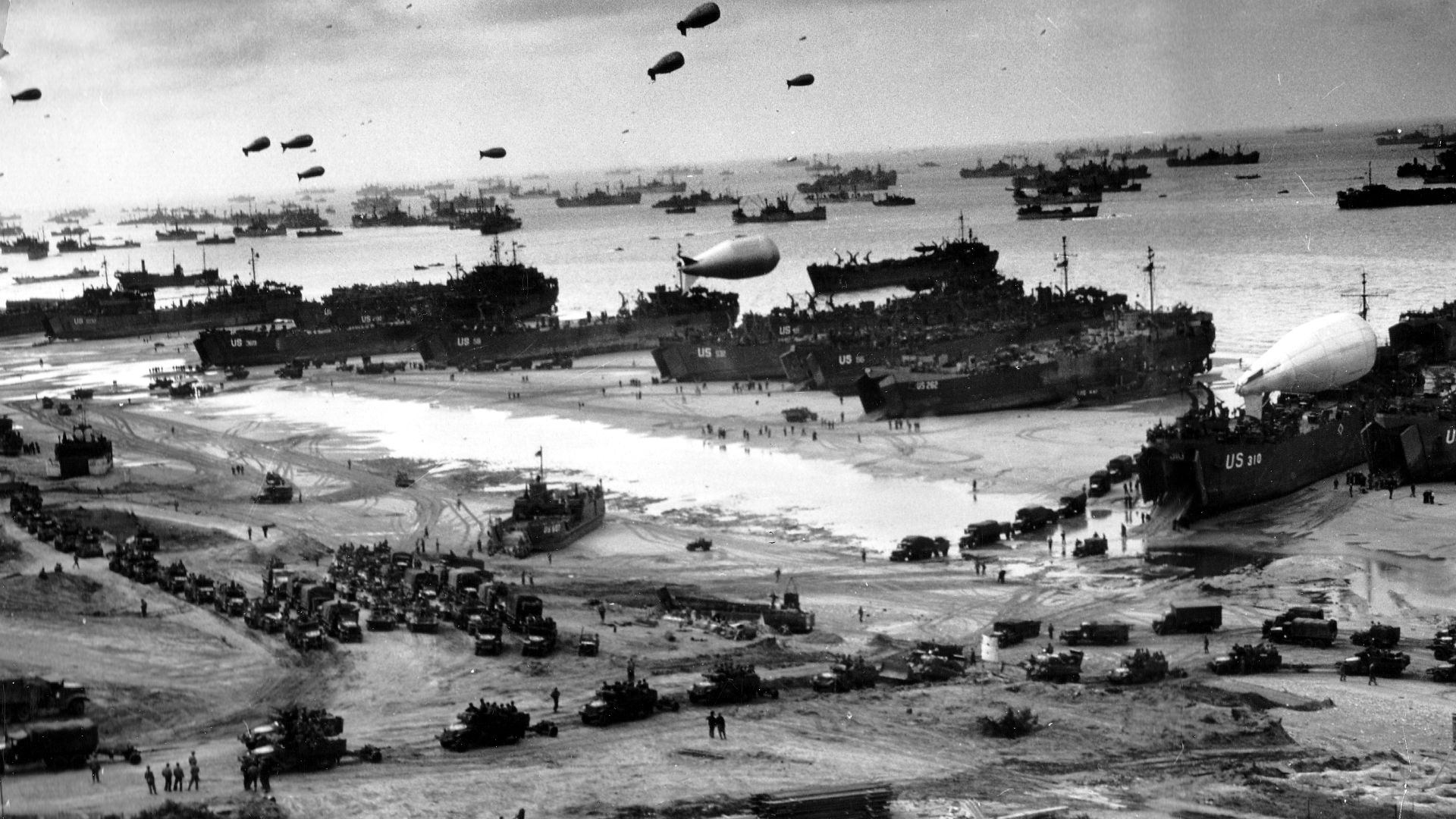 US Coast Guard, photo 26-G-2517, Wikimedia Commons
US Coast Guard, photo 26-G-2517, Wikimedia Commons
With A Visionary Crew Behind The Camera
Although director Lewis Seiler is often credited with Breakthrough's success, the entire crew played a pivotal role. The cinematography by Edwin DuPar and the expert sound design focused on every detail, which was pretty impressive for its time.
 Breakthrough At Normandy | Breakthrough | Warner Archive by Warner Bros. Classics
Breakthrough At Normandy | Breakthrough | Warner Archive by Warner Bros. Classics
And A Devoted Cast
The cast must have undergone basic military training to add authenticity to their performances. Otherwise, how would they pull it off? As a matter of fact, given the era, the production was probably plagued with challenges, from limited resources and other logistical issues.
 Breakthrough (1950) by dogface43
Breakthrough (1950) by dogface43
Made It Stand Out Among War Films
While many war films focus on large-scale battles or high-ranking officers, this motion picture zooms in on the ground-level grind of ordinary soldiers. What makes it unique is its blend of fictional storytelling and real combat footage. It doesn’t glamorize war—it humanizes it.
 Breakthrough (1950) by dogface43
Breakthrough (1950) by dogface43
Lewis Seiler At The Helm
Director Lewis Seiler had a knack for action, but with this production, he aimed higher—realism with a heartbeat. His steady direction kept the feature grounded, focusing on character development as much as combat. Seiler’s choice to weave in actual war footage was bold, but it paid off.
 Breakthrough At Normandy | Breakthrough | Warner Archive by Warner Bros. Classics
Breakthrough At Normandy | Breakthrough | Warner Archive by Warner Bros. Classics
Meet The Protagonist
John Agar, a familiar face in 1950s cinema, brought Lt Joe Mallory to life with a mix of earnestness and quiet strength. Mallory isn’t a superhero—he’s a young officer thrown into chaos, and he learns to lead under fire. Isn’t this what the war is all about?
 Breakthrough At Normandy | Breakthrough | Warner Archive by Warner Bros. Classics
Breakthrough At Normandy | Breakthrough | Warner Archive by Warner Bros. Classics
Shifting From Sci-Fi Movies
Although Agar was better known for his various performances in low-budget sci-fi and horror movies, his role is one of his best. He managed to capture the internal conflict of command. His character showed how pressure and fear can shape a man on the battlefield.
 Movie studio, Wikimedia Commons
Movie studio, Wikimedia Commons
To Be Capt Tom Hale
As Capt Tom Hale, David Brian delivered a tough, composed performance that balanced Agar’s more emotional character. He portrayed the kind of hardened officer who’s seen too much and knows the cost of mistakes. Brian’s calm authority and no-nonsense demeanor gave the unit a sense of structure.
 Breakthrough At Normandy | Breakthrough | Warner Archive by Warner Bros. Classics
Breakthrough At Normandy | Breakthrough | Warner Archive by Warner Bros. Classics
And Frank Lovejoy As Sgt Pete Bell
Frank Lovejoy was known for his rugged, everyman roles, and Sgt Pete Bell might be one of his best. He’s the glue holding the platoon together—part mentor, part morale booster. Lovejoy played Bell as the kind of NCO every soldier hopes to have—tough but compassionate.
 United States Steel Corporation, the program sponsor., Wikimedia Commons
United States Steel Corporation, the program sponsor., Wikimedia Commons
Preparations And Training
To portray soldiers convincingly, the cast learned how to adopt the mindset of wartime soldiers. This attention to realism helped the performances feel grounded. It wasn’t just acting—it was an attempt to walk in the boots of those who lived it.
 Breakthrough At Normandy | Breakthrough | Warner Archive by Warner Bros. Classics
Breakthrough At Normandy | Breakthrough | Warner Archive by Warner Bros. Classics
Despite Personal Differences
Although the movie featured a strong cast that got along together on the screen, things were different when the cameras stopped rolling. For example, Frank Lovejoy and Paul Picerni had a fallout before filming even began because the first thought the latter wasn’t good enough.
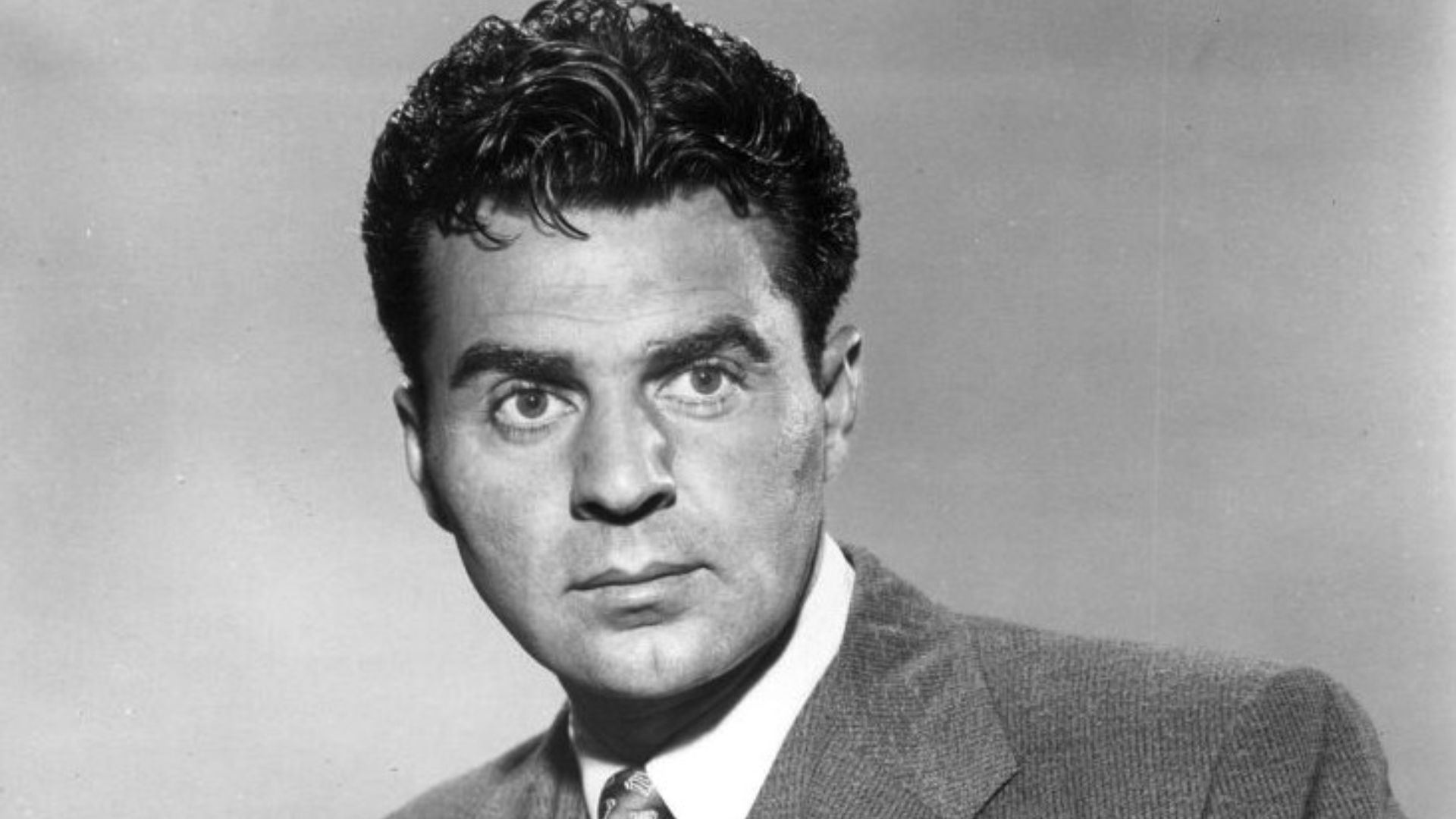 ABC Television, Wikimedia Commons
ABC Television, Wikimedia Commons
It Started With Training
This story begins in a military training camp where soldiers are uncertain and far from battle. But the story quickly shifts to the grim reality of war as the unit is deployed to Europe. The movie tracks their transformation—from raw recruits to battle-hardened fighters.
 Breakthrough At Normandy | Breakthrough | Warner Archive by Warner Bros. Classics
Breakthrough At Normandy | Breakthrough | Warner Archive by Warner Bros. Classics
The D-Day Landings
The Normandy landings are a turning point in the movie, portrayed with a mix of studio scenes and real footage from the actual invasion. While not as graphic as later films like Saving Private Ryan, it felt immediate and eerily authentic.
 Breakthrough At Normandy | Breakthrough | Warner Archive by Warner Bros. Classics
Breakthrough At Normandy | Breakthrough | Warner Archive by Warner Bros. Classics
And Challenges Of Command
Lt Joe Mallory fights the enemy in the same way he battles self-doubt and the weight of leadership. As a young officer, he’s forced to make decisions that mean life or death. The motion picture explores the isolation and burden of command and shows how even heroes struggle.
 Breakthrough At Normandy | Breakthrough | Warner Archive by Warner Bros. Classics
Breakthrough At Normandy | Breakthrough | Warner Archive by Warner Bros. Classics
Brotherhood In Arms
At the heart, it’s the bond between soldiers. The film showcases how shared danger forges deep, unspoken friendships. While joking in the barracks and standing shoulder-to-shoulder under fire, these relationships are camaraderie, but they’re also lifelines.
 Breakthrough (1950) by dogface43
Breakthrough (1950) by dogface43
Bringing The Battlefield To Life
To recreate Europe’s war-torn countries, the feature used a mix of backlot sets and stock footage from actual WW2 combat. Though shot mostly in the US, the clever use of real military gear and authentic terrain details gave scenes a convincing edge.
 Breakthrough At Normandy | Breakthrough | Warner Archive by Warner Bros. Classics
Breakthrough At Normandy | Breakthrough | Warner Archive by Warner Bros. Classics
With Production Insights
Despite its ambitious scope, Breakthrough was made on a relatively modest budget. Warner Bros leaned heavily on military partnerships and existing war footage to stretch production dollars. It focused on character and battlefield tension. The result? A compelling war story that didn’t need a blockbuster budget to make an impact.
From Warner Bros
Warner Bros backed the film as a dramatic work and a subtle tribute to American soldiers. The studio’s wartime reputation for patriotic productions gave it credibility. By leveraging access to military footage and technical advisors, Warner Bros ensured the movie carried emotional power and a sense of realism.
 Breakthrough At Normandy | Breakthrough | Warner Archive by Warner Bros. Classics
Breakthrough At Normandy | Breakthrough | Warner Archive by Warner Bros. Classics
Analyzing Key Scenes
Certain moments in Breakthrough stand out due to their raw intensity. The use of real war footage amplifies the gravity of key battles. Cinematically, it’s notable for its fluid transitions between scripted and archival material, which create a jarring yet powerful effect.
 Breakthrough At Normandy | Breakthrough | Warner Archive by Warner Bros. Classics
Breakthrough At Normandy | Breakthrough | Warner Archive by Warner Bros. Classics
War's Human Element
This cinematic work isn’t just a war movie—it’s a meditation on the human experience during conflict. It emphasizes the individual’s emotional journey within the greater scope of war. Through sacrifice and camaraderie, it conveys how soldiers are shaped by their shared experiences.
 Breakthrough (1950) by dogface43
Breakthrough (1950) by dogface43
Historical Accuracy
The movie walks a fine line between storytelling and history. While the characters are fictional, the events—especially the Normandy campaign—are grounded in real operations. Sure, it's not a documentary, but it respects the facts. Breakthrough captures the uncertainty and courage of the war without drifting into sensationalism.
 Chief Photographer's Mate (CPHOM) Robert F. Sargent, U.S. Coast Guard, Wikimedia Commons
Chief Photographer's Mate (CPHOM) Robert F. Sargent, U.S. Coast Guard, Wikimedia Commons
Capturing War's Reality
Cinematographer Edwin DuPar had the tricky task of blending studio footage with actual battlefield film—and he nailed it. His work brought visual consistency to scenes that shifted between fiction and archive. DuPar’s use of shadow, smoke, and tight framing enhanced the sense of danger.
 Breakthrough At Normandy | Breakthrough | Warner Archive by Warner Bros. Classics
Breakthrough At Normandy | Breakthrough | Warner Archive by Warner Bros. Classics
William Lava's Contribution
Composer William Lava provided the feature with a score that matched the film’s emotional tone: tense but never overbearing. Known for his work on war and Western movies, Lava used restrained orchestration to heighten moments of suspense and humanity. His music beautifully supported the film's action.
Crafting A Cohesive Narrative
Editing this movie was no easy task, especially with the integration of real wartime footage. Editors worked carefully to ensure smooth transitions between archival clips and filmed scenes. And ultimately, it created a movie that seamlessly maintained that narrative flow and visual consistency.
 Breakthrough At Normandy | Breakthrough | Warner Archive by Warner Bros. Classics
Breakthrough At Normandy | Breakthrough | Warner Archive by Warner Bros. Classics
So, Did People Like It?
Audiences responded positively to the realism and depth. Critics praised the use of real combat footage, though some noted its simple plot. Veterans especially appreciated the respectful tone. It resonated with everyday Americans still recovering from the emotional aftermath of WW2.
 Breakthrough At Normandy | Breakthrough | Warner Archive by Warner Bros. Classics
Breakthrough At Normandy | Breakthrough | Warner Archive by Warner Bros. Classics
Measuring Success
This production was a surprise hit for Warner Bros, especially given its modest budget and serious subject matter. It earned strong box office numbers during its theatrical run and proved that audiences were still deeply connected to WW2 stories.
 Premiere Of Film 'breakthrough' (1950) by British Pathe
Premiere Of Film 'breakthrough' (1950) by British Pathe
How Does It Stand From Contemporary War Films?
Compared to flashier war features of the late 1940s and early 1950s, Breakthrough felt grounded and unvarnished. While others romanticized combat, this film leaned into authenticity. It lacked the star power of epics but delivered where it counted: tension and truth.
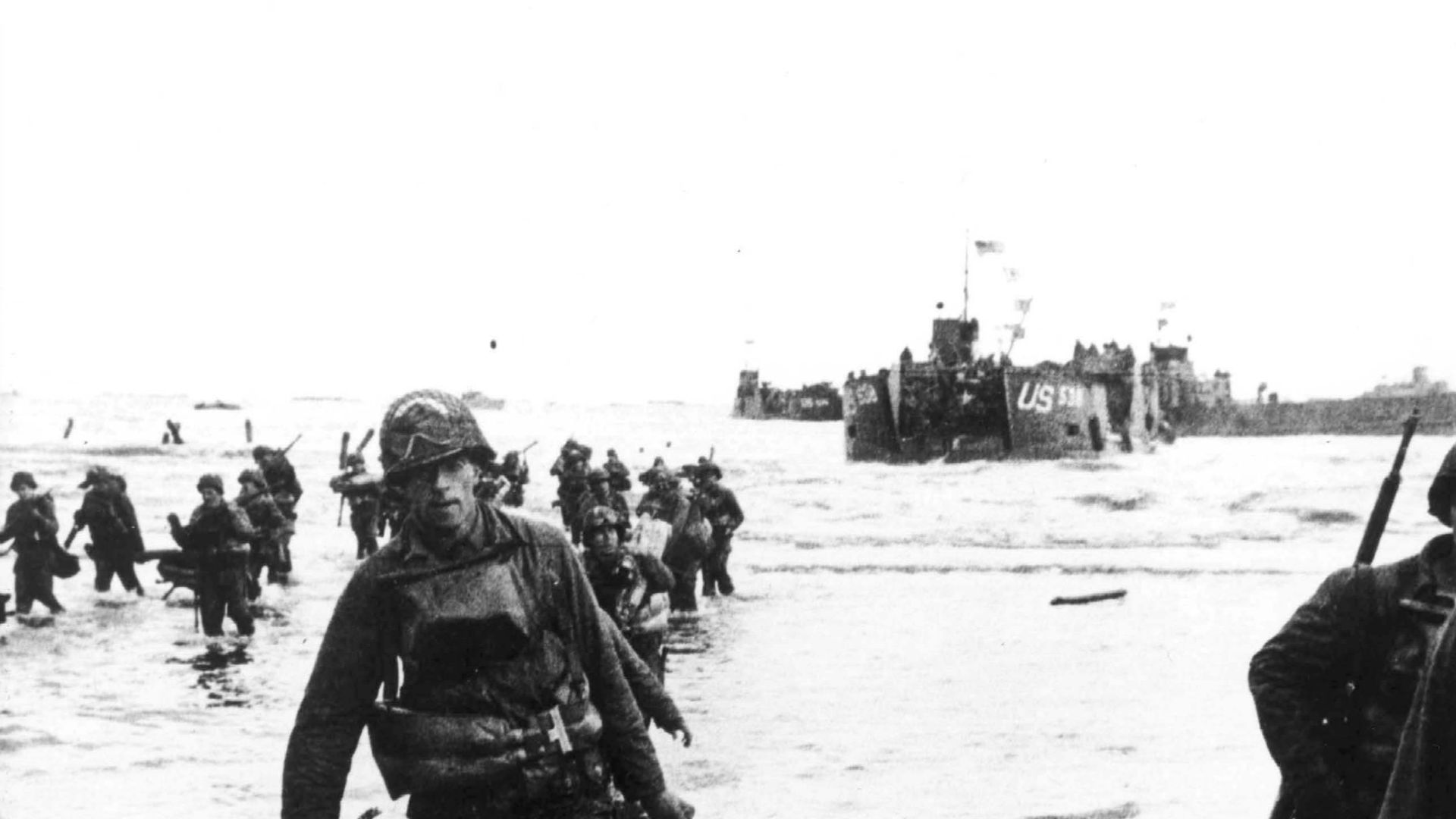 Photographer: Wall. ARC-Identifier: SC189902., Wikimedia Commons
Photographer: Wall. ARC-Identifier: SC189902., Wikimedia Commons
A Legacy In War Cinema
It may not top every "greatest war films" list, but its legacy endures. This cinematic work helped set the stage for later, more graphic portrayals of war by valuing authenticity and emotional truth. Its influence is subtle but real—seen in productions that blend personal stories with historical events.
 Breakthrough At Normandy | Breakthrough | Warner Archive by Warner Bros. Classics
Breakthrough At Normandy | Breakthrough | Warner Archive by Warner Bros. Classics
Director-Actor Collaborations
Director Lewis Seiler maintained a disciplined but collaborative atmosphere. He probably encouraged input from his actors, especially in scenes that involved emotional conflict. This allowed actors like John Agar and Frank Lovejoy to develop believable, layered portrayals of their characters under fire.
 Breakthrough 1950 clip by TKORude
Breakthrough 1950 clip by TKORude
Challenges Faced During Production
Filming a war movie on a tight budget came with its fair share of hurdles. This included finding suitable locations and sourcing military props and integrating combat footage. Weather delays and technical limitations probably tested everyone’s patience, but these constraints pushed the filmmakers to focus on story and realism.
 Breakthrough At Normandy | Breakthrough | Warner Archive by Warner Bros. Classics
Breakthrough At Normandy | Breakthrough | Warner Archive by Warner Bros. Classics
Post-Shoot
After the screen test, Producer Jack Warner decided to delete some of the scenes. The reason? The American Army just began the war in North Korea and he didn’t think that an anti-war message would appeal to the audiences. He also wanted the Army to be on his side.
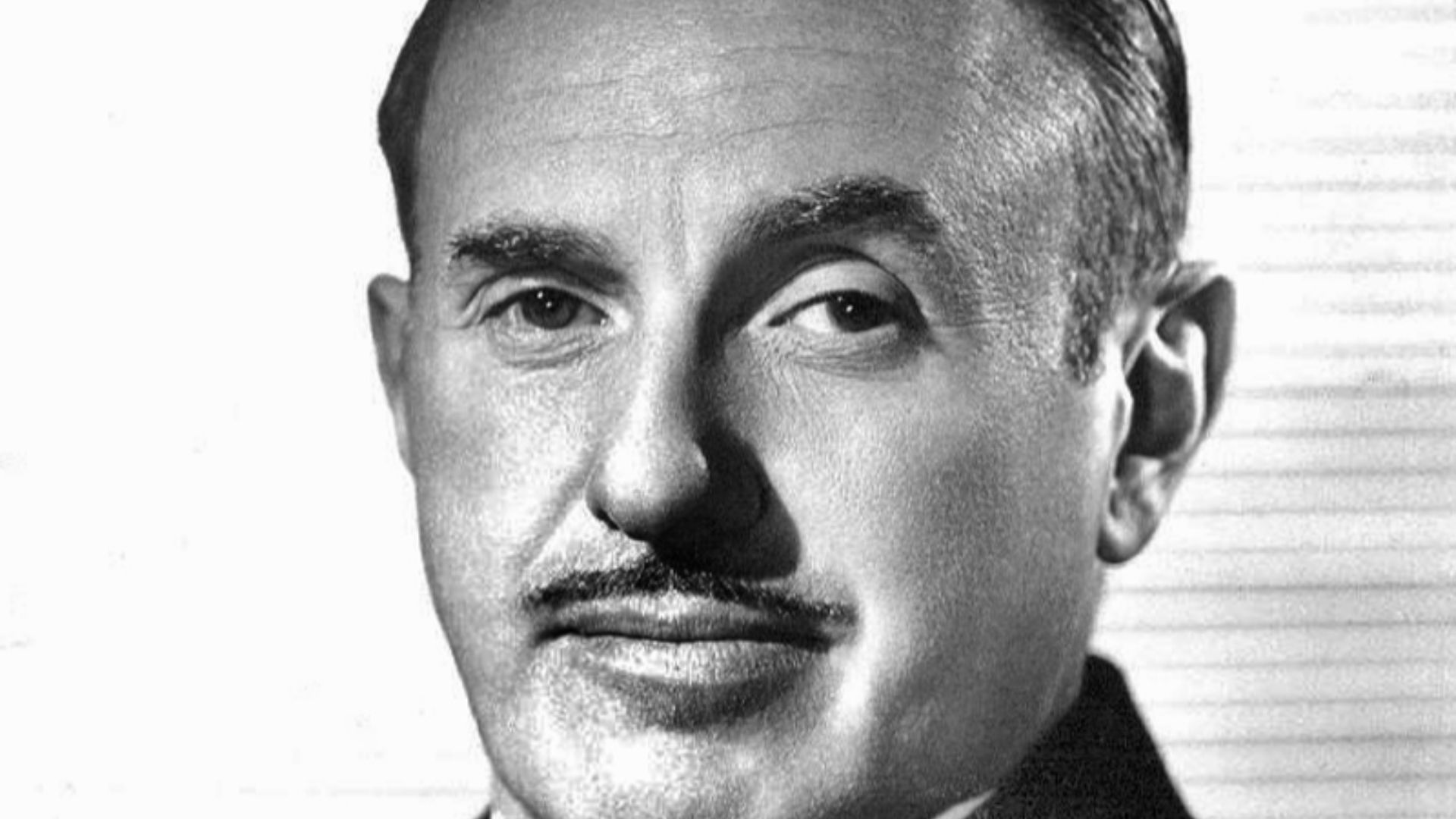 Press photo, Wikimedia Commons
Press photo, Wikimedia Commons
Recreating 1940s Europe
The production team worked hard to transport viewers to 1940s war-torn Europe. Military uniforms were detailed and era-accurate, while sets replicated almost everything from muddy foxholes to destroyed villages. The film's feel helped immerse audiences in the idea that authenticity could be achieved even on a tight budget.
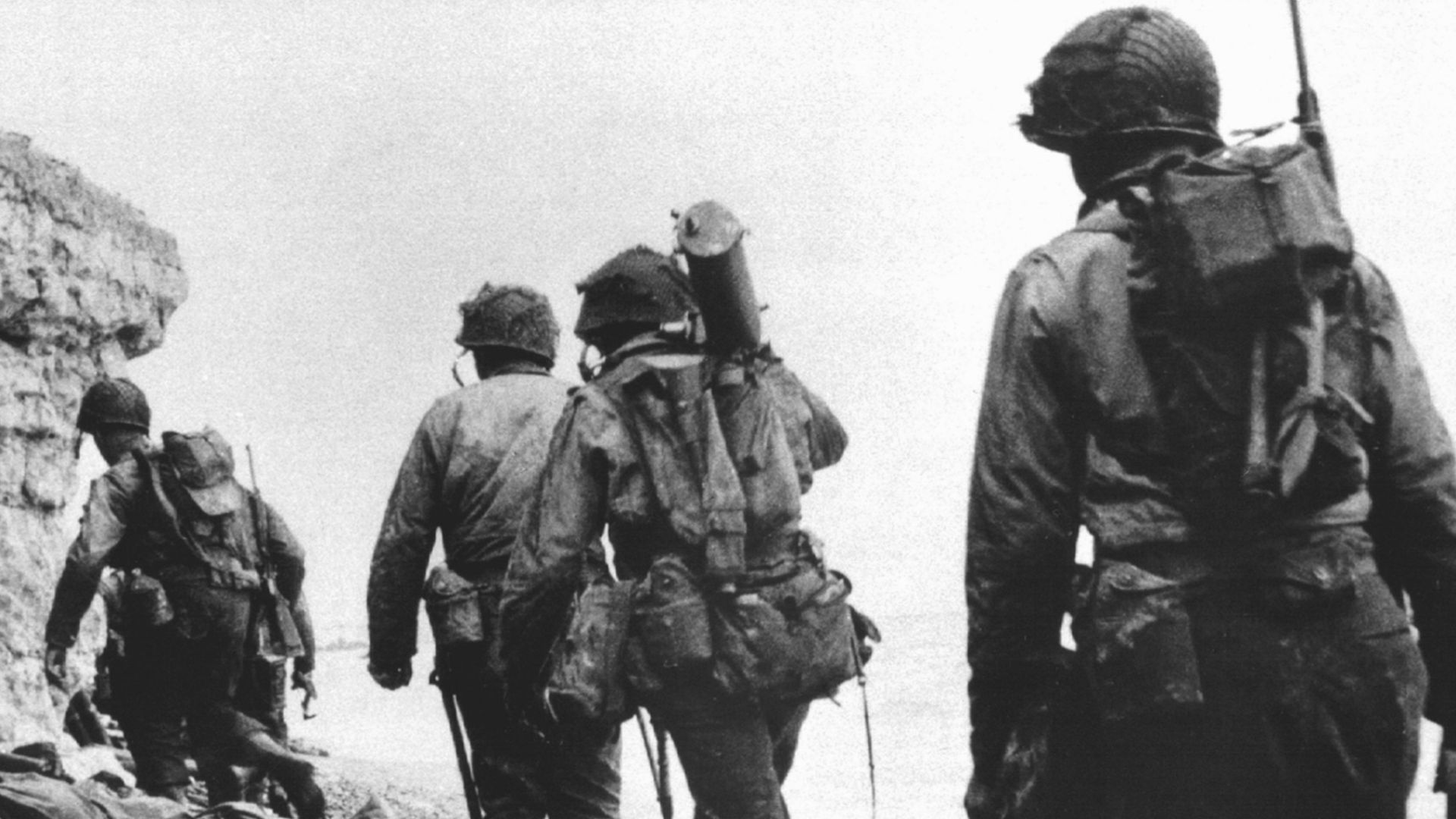 Post-Work: User:W.wolny, Wikimedia Commons
Post-Work: User:W.wolny, Wikimedia Commons
Leadership, Sacrifice, And Camaraderie
Breakthrough dives deep into timeless wartime themes—especially the weight of leadership and the brotherhood that forms in battle. Lt Mallory’s struggles reflect the burden of command, while his unit’s bond highlights the emotional lifeline soldiers cling to. These themes still resonate and give the film emotional depth.
 Breakthrough 1950 clip by TKORude
Breakthrough 1950 clip by TKORude
Critical Analysis
Critically, this feature was praised for its realism and sincerity, especially the integration of real combat footage. However, some reviewers found its plot formulaic and its characters underdeveloped. Still, the film’s strength lies in its earnest tone and grounded storytelling. It wasn’t flashy, just heartfelt.
 Breakthrough At Normandy | Breakthrough | Warner Archive by Warner Bros. Classics
Breakthrough At Normandy | Breakthrough | Warner Archive by Warner Bros. Classics
Interpretations Then And Now
In 1950, this cinematic work struck a chord with viewers still processing WW2’s impact. Today, modern audiences may see it as dated, but its emotional honesty remains compelling. Younger viewers might appreciate its historical context, while older generations remember it as part of post-war cinema’s effort to honor the soldiers.
 Breakthrough At Normandy | Breakthrough | Warner Archive by Warner Bros. Classics
Breakthrough At Normandy | Breakthrough | Warner Archive by Warner Bros. Classics
Influence On Subsequent War Films
Though it flew under the radar compared to big-name epics, this movie probably subtly influenced future war films. Its focus on character-driven stories and realistic military tactics paved the way for later hits. This production showed filmmakers that war movies could be both emotionally resonant and visually authentic.
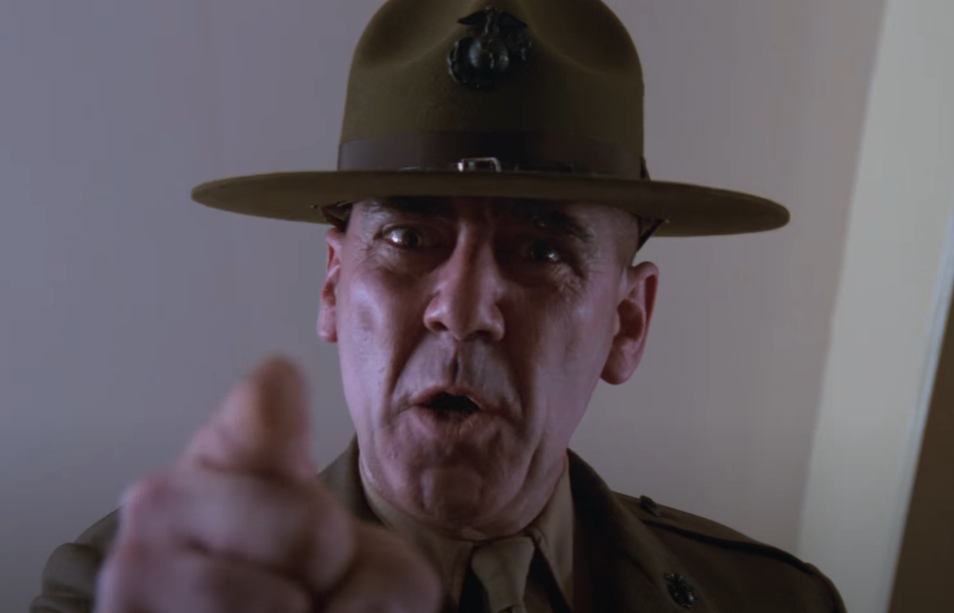 Warner Bros., Full Metal Jacket (1987)
Warner Bros., Full Metal Jacket (1987)
Keeping Breakthrough Alive
While this movie isn’t as widely preserved as some classics, it holds a place in war cinema history. Film buffs and war history fans continue to seek it out. Preservation efforts have kept it available through occasional re-releases and digital archives to make sure that this lesser-known gem doesn’t fade into obscurity.
 Premiere Of Film 'breakthrough' (1950) by British Pathe
Premiere Of Film 'breakthrough' (1950) by British Pathe
Accessing The Feature Today
Finding this movie today can be a bit of a challenge, but it’s not impossible. The film has made its way onto streaming platforms and DVD releases, especially in niche collections for war movie enthusiasts. While not as accessible as blockbusters, it still enjoys a loyal following.
 Breakthrough At Normandy | Breakthrough | Warner Archive by Warner Bros. Classics
Breakthrough At Normandy | Breakthrough | Warner Archive by Warner Bros. Classics
Looking Back
Over the years, Breakthrough was the subject of several interviews and commentaries. Thanks to real combat footage, it could portray war so realistically despite the tight production schedule, and the emotional toll of bringing real history to the screen.
 Breakthrough At Normandy | Breakthrough | Warner Archive by Warner Bros. Classics
Breakthrough At Normandy | Breakthrough | Warner Archive by Warner Bros. Classics


